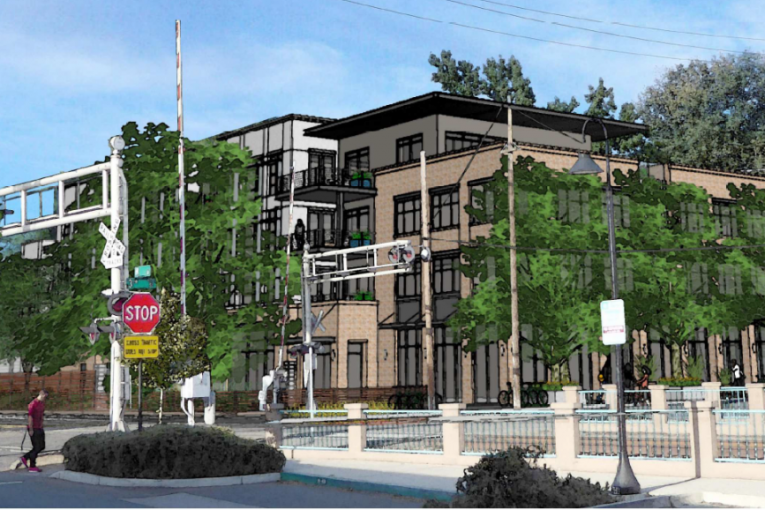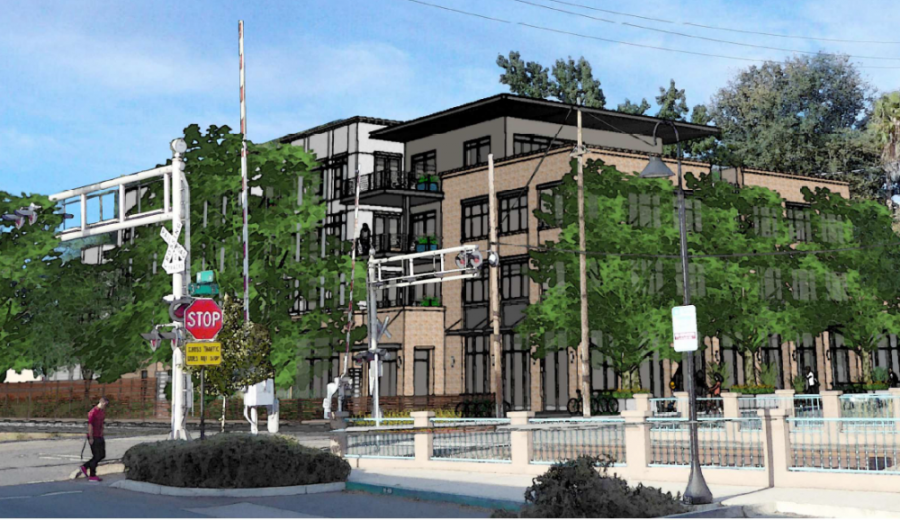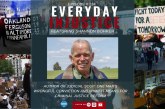

Larry D. Guenther
We often hear from developers that a building required by existing zoning “doesn’t pencil out” and that they therefore must be allowed to build bigger. Several issues make this claim suspect.
First, developers never show the math they use to make this statement. Never.
Secondly, there appears to be no set building size that does ‘pencil out’. Proponents always ask for one more story. If the zoning is two stories, they insist it won’t work, but three will. If the zoning is 3, they need 4. If the zoning is 4, they need 5, etc.
Thirdly, there are plenty of examples that contradict these statements: the Roe Building on the SW corner of 3rd and C St. (3 stories, mixed use); Central Park West across from Central Park (2-1/2 stories, residential); Pizza and Pints (1 story, commercial); the most recent Ace Hardware addition on 3rd St. (1 story, commercial); The Arbors on C St. (3 stories, mixed use); the building on the SW corner of G and 5th St. (3 stories, mixed use), etc.
Fourth, developers cite the increase in material costs as part of their reasoning (the number 15% is suspiciously common and has been cited before and during the Pandemic). While material costs definitely increase over time, they certainly increase far less than residential rents. Material costs are also a one-time expense, while rental income  continues—and increases—for the life of the building.
continues—and increases—for the life of the building.
Property costs are also often cited in these arguments, but property values (one of the biggest development expenses) are not fixed. They are a function of the potential income of what can be built. As just one example, the Trackside property (913 and 915 3rd St.) was sold for approximately $1.2 million. It is now listed for sale at $4.4 million with the only change to the property being the acquisition of the new entitlements for that property; i.e. the change in the potential of what can be built.
Here are some numbers based on the Trackside project. At the time of their request for a larger building, the project proponents insisted a 3-story building would not pencil out, even with the same number of units they requested (27). The Old East Davis Neighborhood proposed a 3-story building with the same commercial/retail square footage (9,500), and a total square footage of the second and third floor residential component of 21,000.
Building costs in the Sacramento area for 3 stories or less (4 stories and up are more expensive per square foot) are $77/sqft for residential space and $131/sqft for commercial space. For the proposed 3-story building, this yields $2,861,500 (or $3 million to make the math easier). With the initial cost of the property at $1.2 mil, this gives a total cost of $4.2 mil.
Note 1: People may argue that some costs have been left out. This may be true, but in the specific case in question, the property is owned outright, so the $1.2 mil cost of the building stands in lieu of those costs with regards to financing, discussed below.
A residential area of 21,000 sqft, (subtracting 10% for elevators, hallways, etc,), yields 27 apartments (the allowed units of the Trackside rezoning) of 700 sqft. Two-bedroom apartments of this size in Davis go for between $2,000 and $2,750 per month. Using the value of $2,250/mo yields a residential income of $60,750/mo. Commercial rents in downtown Davis range from $2.75-$3.50/sqft/mo. Using the value of $3/sqft/mo, this yields a monthly income of $28,500, for a total monthly income of $89,250 at full occupancy.
Note 2: It may be argued that full occupancy income overstates the income potential, but residential property in Davis is at or near full occupancy (Lincoln40 was at 97% occupancy before it opened) and the rental rates used are well below the mean (Lincoln40 rates are far higher).
At a 6% interest rate, the $4.2 mil loan could be paid off in 5 years with a monthly payment of $81,198. On a 10-year loan, the monthly payment would be $46,630. With a monthly income of $89k, it seems difficult to show (‘show’ being the operative word) that a 3-story building would not pencil out. (People will also say that the interest rate may be higher than 6%, but at the time of the proposal, the prime lending rate was approximately half that.)
The numbers of an actual project will be different, but the specific numbers are not the point of this letter. The point is that decision makers always take the statement by developers at face value and never require them to show their numbers. Nor do we check the validity of the statement independently. People will certainly take issue with the numbers presented here. That’s fine. Show your numbers and we can talk about it.
As one final bit of evidence that the statement “doesn’t pencil out” is suspect, during the Planned Development process for the seven-story proposal for the University Mall development, when asked to make it smaller, the developers stated that this was the absolute minimum that would work financially. Since that project was approved, the developers returned to City Council and asked to have the zoning changed back to its current use. Though, in the first proposal City Council stated the ecological benefits (the absolutely real benefits) of having dense housing and retail literally across the street from UC Davis Campus, Council granted the request to change back, so the City will miss out on those benefits. Apparently, those benefits are not that important. The current plan is to tear down the existing mall and re-build essentially the same mall. Somehow, that does pencil out.






Larry,
I understand that this is not the main point, but you are not even close on the build costs for residential. Plug $300/sf into your calculation and you will be much closer to the mark. Commercial is higher than you think too.
Main metrics these days which need to be satisfied: YOC 7%+, IRR 20%, MoM 1.8+
Extremely difficult to do which is why most projects are not moving forward. Market conditions (financing, labor, materials, demand, opex, etc) are constantly shifting. I get your point that we should treat some claims with a degree of skepticism, but I don’t think that giving the plebs access to project level data will solve the issue.
One thing I have urged developers/ builders to do is find a way to either be more transparent or educate the community on costs. I get the argument for skepticism, but when you’ve seen a few projects (more than a few) not going forward, you might want to re-think how skeptical you might want to be.
It’s usually not in the developers’ best interest to “open the kimono” and show their project financials. While the public knows the big bad builder is out to make a buck….it doesn’t sit well with them. The public is going to always want more and if they’re staring at your profit margin they’re always going to know there’s more to take. And to tie this comment to my other comment about costs and risks; if a builder has a 15% profit margin (I’m pulling numbers out the air for this example) and the public wants more park land or something….the public doesn’t understand that 7% of the profit is to make up for the political risk the builder is taking.
Also, generally smaller local builders lead the way. They’re the ones with local connections that can get a project done. So proof for outside builders in how something pencils generally starts with smaller projects by local builders. So maybe if more of these current projects get approved; it’ll lead the way for other builders to come in and feel comfortable (and likely partner with the local builders or use them as consultants) building more in the future.
I was about to say something about the numbers Larry used. 15 years ago, I’m not sure I could get a single family house built in the Central Valley for under $120-$150/sqft. That’s a CHEAP single family one story home….the cheapest kind of residential unit you can build.
I don’t know why it’s hard to understand. If money could be relatively made safely; builders will build it. Why? Because developers are out to make a buck. Nothing wrong with that….that’s how most things get built. But there’s a balance going on with all business ventures; the goal to protect money from risks and the goal to make more money. The biggest impediment to getting things built in Davis is the local political climate. I’m telling you; just from the outside looking in (mean I have no projects here nor have I had any and have not dealt the the city for anything other than a new roofing permit for a house) that the DAVIS POLITICAL MINEFIELD is the biggest thing that impedes development by builders. So either the political environment needs to change or the profit margins on the projects need to be really high to justify the perceived risks of developing/building in Davis.
Is that a 20% leveraged IRR?
Btw. If we’re talking development; remember there are stages of development. Land development usually requires a waaaaaaay higher return because it’s a riskier stage of development. It’s like investing in a seed stage or A round startup company.
NIMBYs have willfully chosen to take a blind eye to the obvious demand in Davis for new housing. A few cherry picked data points does not a trend make. Their consistent whining has become tiresome. They are never satisfied.